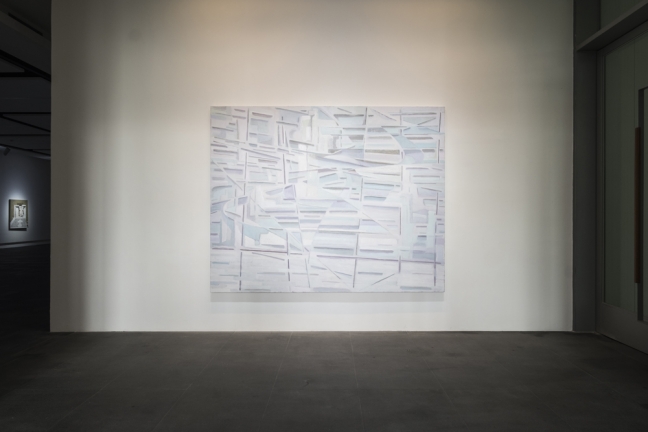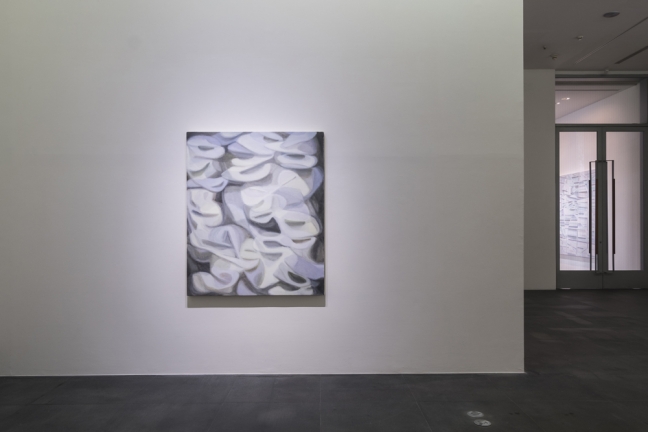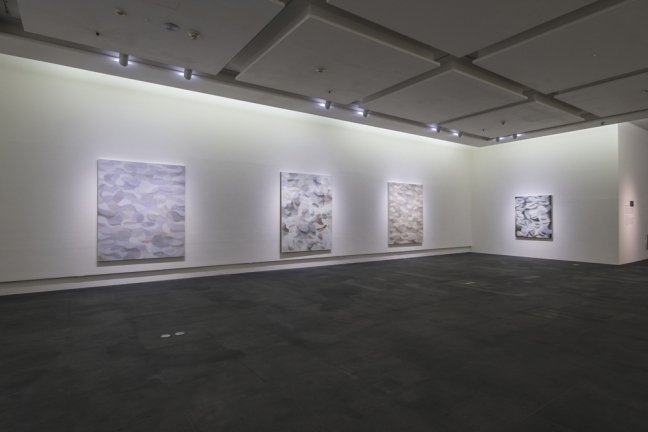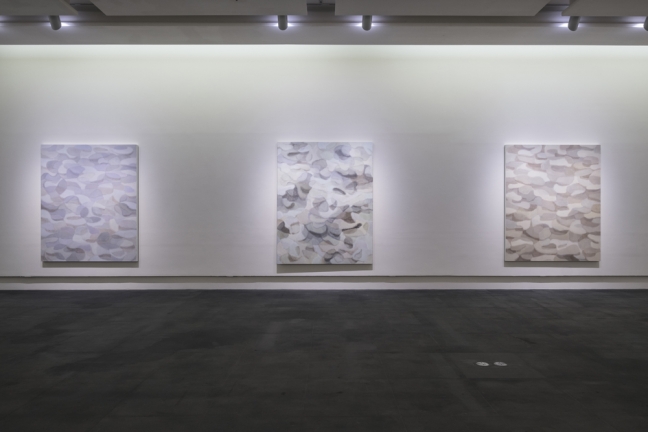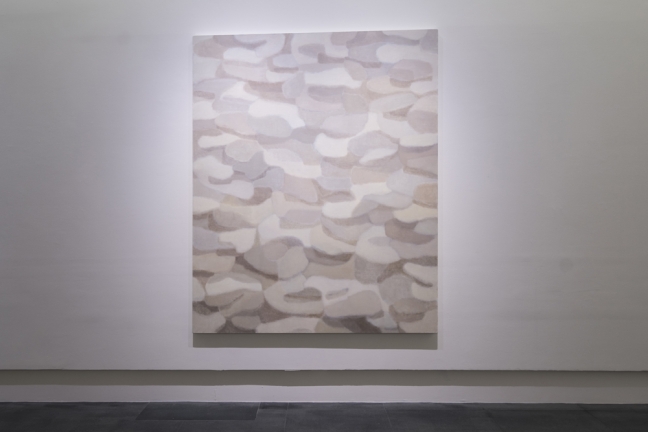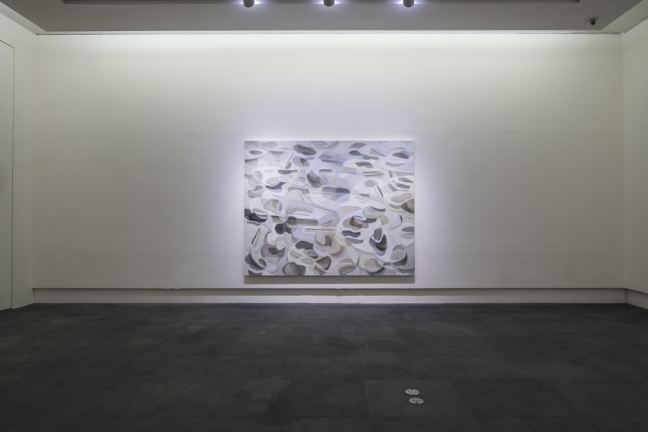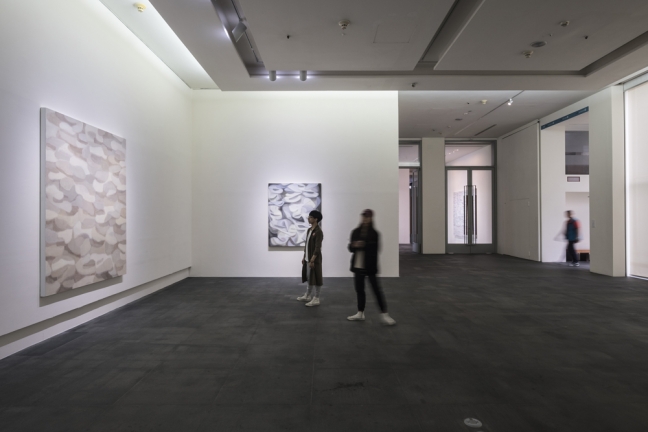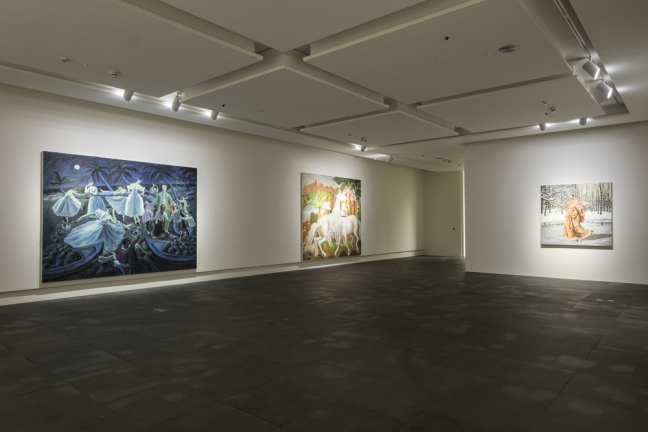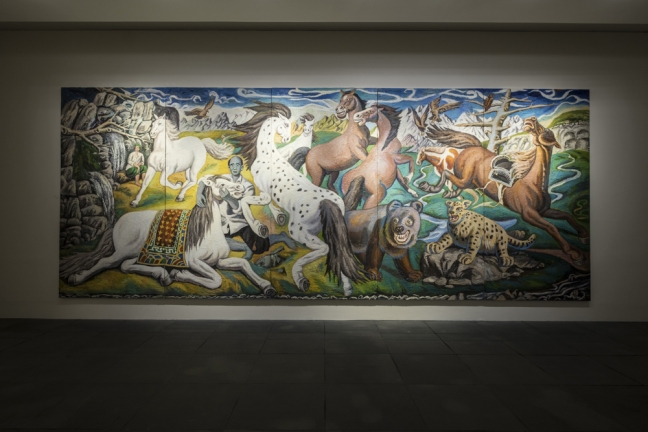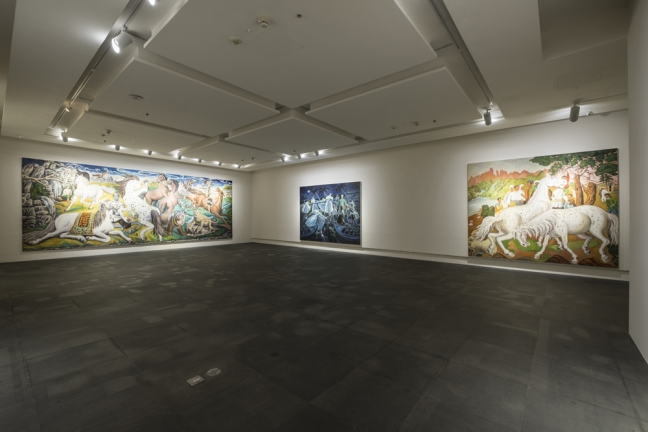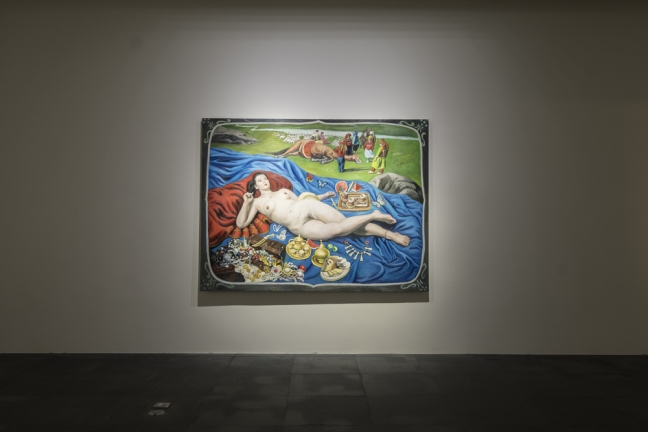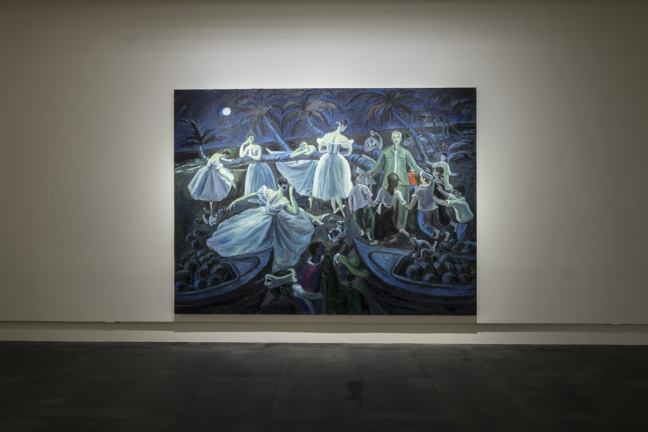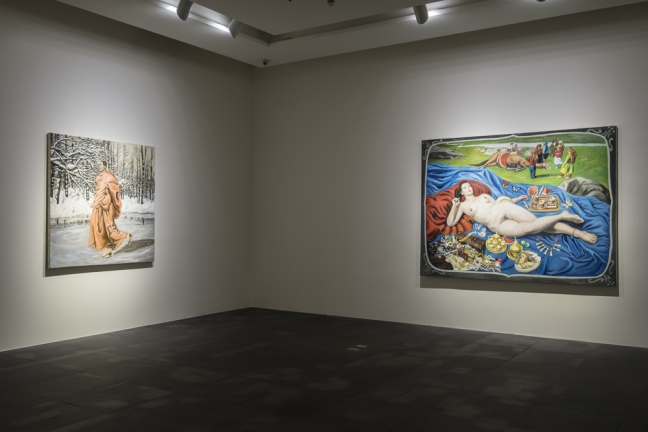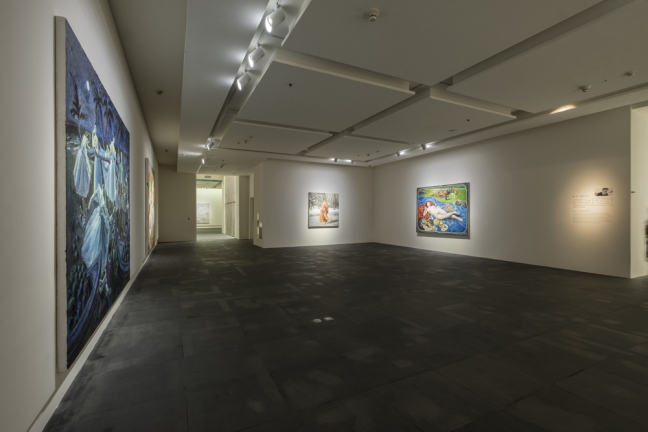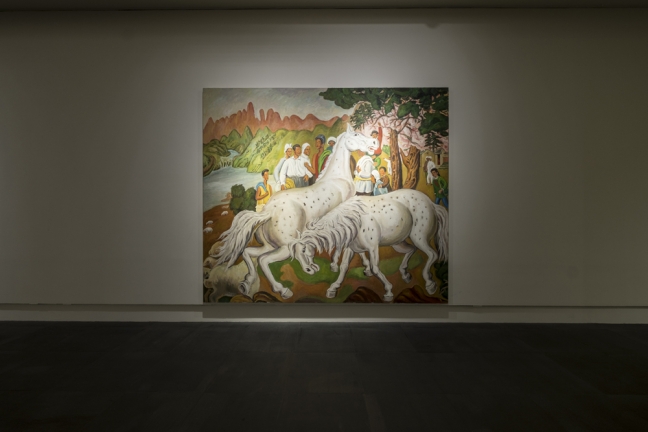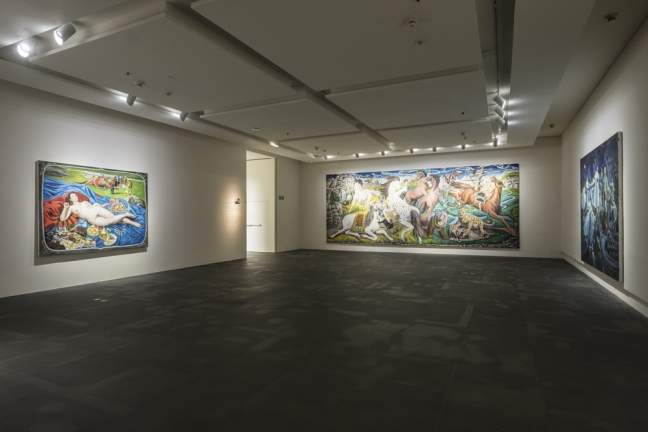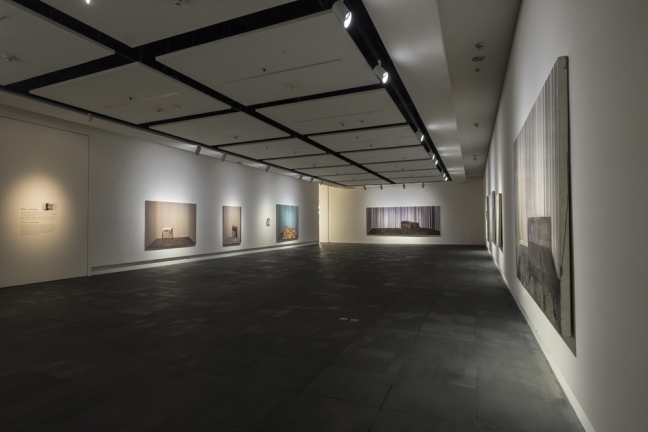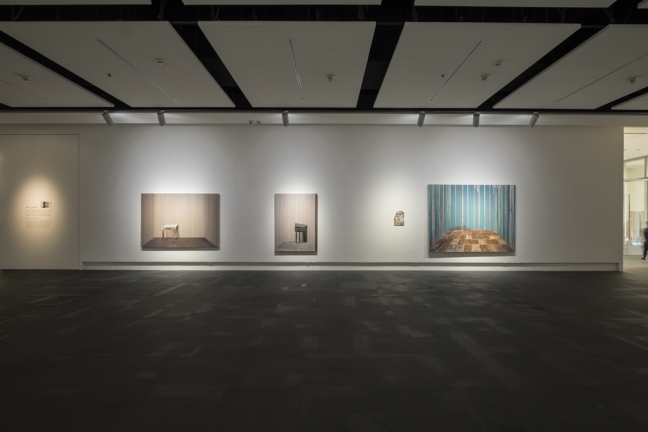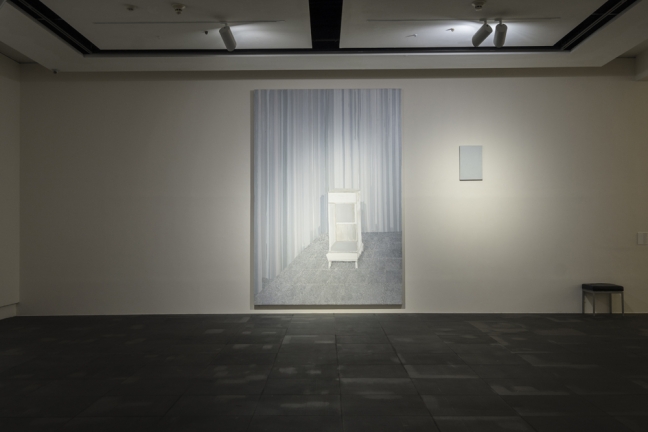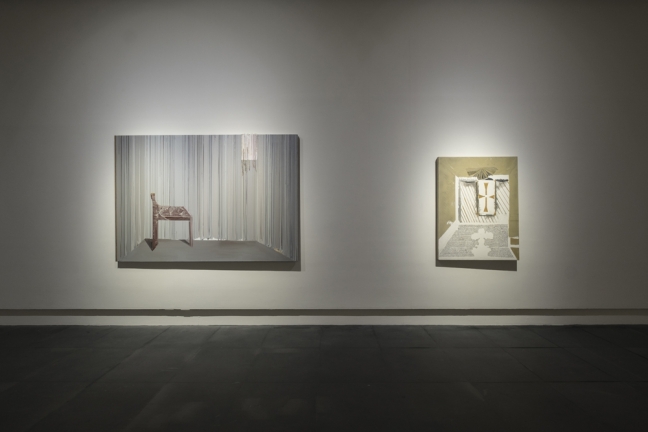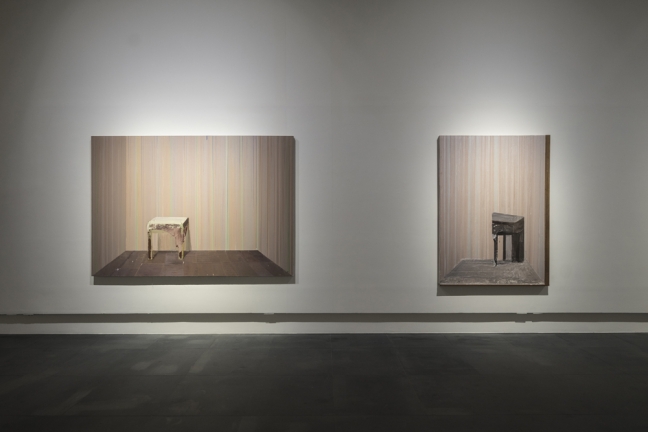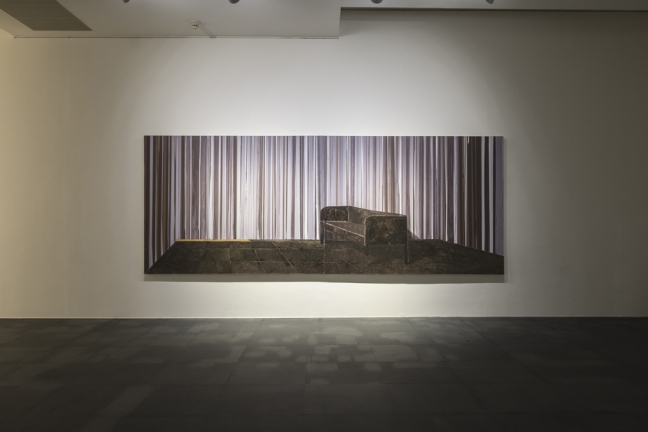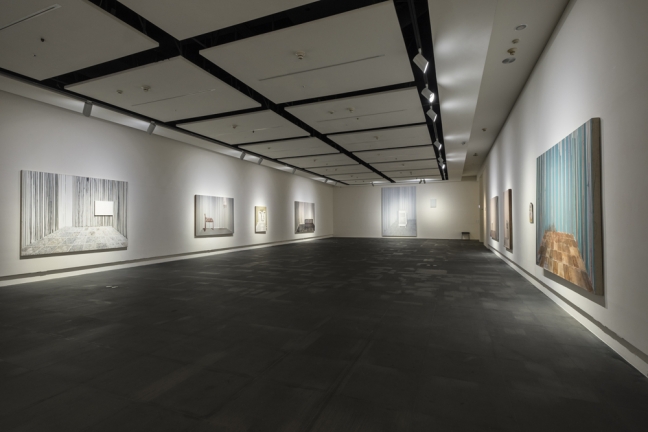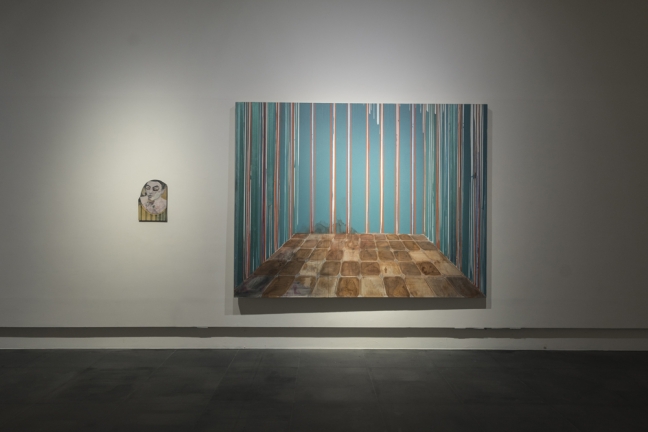Visible or Invisible Forms: Chen Yujun, Qin Qi, and Xu Xiaoguo
2018.03.09~2018.04.29
09:00 - 17:00
Curator: Feng Boyi Assistant Curator: Marion Shen Opening: 16 March (Friday), 2018 Exhibition introduction Text by Feng Boyi This exhibition presents new work by three mainland artists born in the 1970s. They often rely on the perceptual experiences of the individual and stress thought and understanding acquired from quiet, internal observation. They situate the contours of their forms within a relatively narrow space. They have continued to deepen and purify figurative and abstract painting, especially on the level of formal language, by considering and practicing the multiple possibilities of conceptual painting in the context of contemporary art. The value and meaning of their work lies not only in the use of a new painting concept or visual language to express the existential states and cultural memories of their generation; their work also shows ungraspable variations in vague relationships that arise after they step away from the "similitude" of realism. They simply emphasize an unsteady drifting, a looking toward an uncertain environment or a visible and invisible form, and not the "certain meanings" that past art so treasured. They may provide Chinese contemporary painting with another visual model. Chen Yujun: Spatial Plurality Chen's work is situated on the boundary between concrete physical spaces and unreal scenes. It is not only a concept of spatial displacement; it is also a consideration of a place where mobility or change could dwell. He seems to be consciously confusing visual order, cutting it into countless ribbon-like fragments. He transforms his lived space into an internal awareness, thereby giving it a complex and separate structure. This is a metaphorical presentation of the artist's experiences and encounters, as well as interdependent and corresponding situations formed in space. Qin Qi: Unlimited Hybridity Through an outsized and surreal style, Qin places fragments of historical narratives and multiple images within different scenes, presenting a blended, complicated context. Between the fragments lies the visual rhetoric of reality and fiction, implantation and admixture, which creates the absurdity in his work—it is seemingly real, and even lifelike, but it is actually fictional. This produces a confusion and suspense that is impervious to reason, but it also compels us to find appropriate past and present symbols and allusions within this interval, and an imaginative space in which various things are possible. Xu Xiaoguo: Ordered Outlines Through the extraction of natural imagery, Xu distorts the orderly contours of woven or linear entities. This uncertainty has form, but it is also a microcosm of lived experiences and internal emotions. This naturally constitutes an intermediate state in an interactive pictorial relationship, and it expands our vision of the saturation and capacity of abstraction within the image’s entwined and layered dimensions. In the fusion of static and active, cold and hot, simple and complex, sparse and dense, we feel calm restlessness, cool passion, and impermanent eternity.
Curator: Feng Boyi Assistant Curator: Marion Shen Opening: 16 March (Friday), 2018 Exhibition introduction Text by Feng Boyi This exhibition presents new work by three mainland artists born in the 1970s. They often rely on the perceptual experiences of the individual and stress thought and understanding acquired from quiet, internal observation. They situate the contours of their forms within a relatively narrow space. They have continued to deepen and purify figurative and abstract painting, especially on the level of formal language, by considering and practicing the multiple possibilities of conceptual painting in the context of contemporary art. The value and meaning of their work lies not only in the use of a new painting concept or visual language to express the existential states and cultural memories of their generation; their work also shows ungraspable variations in vague relationships that arise after they step away from the "similitude" of realism. They simply emphasize an unsteady drifting, a looking toward an uncertain environment or a visible and invisible form, and not the "certain meanings" that past art so treasured. They may provide Chinese contemporary painting with another visual model. Chen Yujun: Spatial Plurality Chen's work is situated on the boundary between concrete physical spaces and unreal scenes. It is not only a concept of spatial displacement; it is also a consideration of a place where mobility or change could dwell. He seems to be consciously confusing visual order, cutting it into countless ribbon-like fragments. He transforms his lived space into an internal awareness, thereby giving it a complex and separate structure. This is a metaphorical presentation of the artist's experiences and encounters, as well as interdependent and corresponding situations formed in space. Qin Qi: Unlimited Hybridity Through an outsized and surreal style, Qin places fragments of historical narratives and multiple images within different scenes, presenting a blended, complicated context. Between the fragments lies the visual rhetoric of reality and fiction, implantation and admixture, which creates the absurdity in his work—it is seemingly real, and even lifelike, but it is actually fictional. This produces a confusion and suspense that is impervious to reason, but it also compels us to find appropriate past and present symbols and allusions within this interval, and an imaginative space in which various things are possible. Xu Xiaoguo: Ordered Outlines Through the extraction of natural imagery, Xu distorts the orderly contours of woven or linear entities. This uncertainty has form, but it is also a microcosm of lived experiences and internal emotions. This naturally constitutes an intermediate state in an interactive pictorial relationship, and it expands our vision of the saturation and capacity of abstraction within the image’s entwined and layered dimensions. In the fusion of static and active, cold and hot, simple and complex, sparse and dense, we feel calm restlessness, cool passion, and impermanent eternity.
